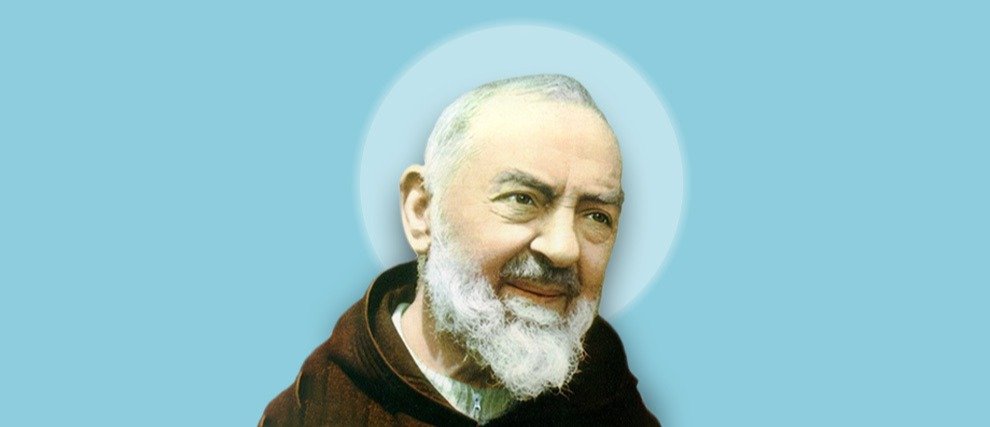What is the Sacrament of Orders?
The sacrament of Orders is part of the sacraments of the service of communion, along with the sacrament of matrimony.
It is the “sacrament through which the mission entrusted by Christ to his apostles continues to be exercised in the Church until the end of time: thus it is the sacrament of apostolic ministry” catechism number 1536 tells us. Members of the clergy, such as Pope Francis, take this sacrament.
This sacrament is addressed specifically in Article 6 of the second section of the catechism on the seven sacraments of the Church, numbers 1536 to 1600.
Discover the main questions and answers around this sacrament.
Who can receive this sacrament?
The celebration of the sacrament of Orders is discussed in numbers 1577 to 1580, and in numbers 1598 to 1599.
“Only a baptized man validly receives sacred ordination.” (No. 1577) “No one has a right to receive the sacrament of Holy Orders. Indeed no one claims this office for himself; he is called to it by God. Anyone who thinks he recognizes the signs of God's call to the ordained ministry must humbly submit his desire to the authority of the Church” (No. 1578)
“It is the authority of the Church to call someone to receive orders. “(No. 1598)
“With the exception of permanent deacons, are normally chosen from among men of faith who live a celibate life and who intend to remain celibate” (No. 1579)
Who can confer this sacrament?
Only a bishop can confer this sacrament. At least that's what catechism numbers 1575 and 1576 tell us. Number 1576 says: “Validly ordained bishops, i.e., those who are in the line of apostolic succession, validly confer the three degrees of the sacrament of Holy Orders.”
How is being ordained celebrated?
The celebration of Orders is discussed in numbers 1572 to 1245, and in number 1597.
The celebration of ordination “calls for as many of the faithful as possible to take part” (No. 1572)
The celebration takes place “preferably on Sunday, in the cathedral, with solemnity appropriate to the occasion” (No. 1572)
“The essential rite of the sacrament of Holy Orders for all three degrees consists in the bishop's imposition of hands on the head of the ordinand and in the bishop's specific consecratory prayer asking God for the outpouring of the Holy Spirit and his gifts proper to the ministry to which the candidate is being ordained.” (No. 1573)
Ordained bishops and priests receive the anointing of the holy chrism (No. 1574)
The ordained bishops receive the book of the Gospels, the ring, the mitre and the lacrosse (No. 1574)
Ordained priests receive the paten and the chalice (No. 1574)
Ordained deacons receive the book of the Gospels (No. 1574)
What are the 3 degrees of the Orders?
Number 1554 explains “there are two degrees of ministerial participation in the priesthood of Christ: the episcopacy and the presbyterate. The diaconate is intended to help and serve them.”
Bishops
Orders and the missions of bishops are particularly discussed in numbers 1555 to 1561 of the Catechism.
“The fullness of the sacrament of Holy Orders is conferred by episcopal consecration” (No. 1557)
“Episcopal consecration confers, together with the office of sanctifying, also the offices of teaching and ruling” (No. 1558)
Several bishops participate in the consecration of a new bishop (No. 1559)
Each bishop has the pastoral office of a particular Church (Diocese for example), but he also carries with the other bishops the “solicitude for all the Churches “ (No. 1560)
Priests
Orders and the missions of priests are particularly discussed in numbers 1562 to 1568 of the Catechism.
Priests are established in the Order of the Presbyterate to be the cooperators of the bishops (Nos. 1562 and 1567)
In the sacraments, priests act in a particular way in the name of Christ (No. 1563): they act “in persona Christi Capitis” (No. 1548).
Priests “are consecrated to preach the Gospel, to be pastors of the faithful and to celebrate divine worship” (No. 1564)
The gift received in ordination prepares them “for a mission of salvation of universal scope” (No. 1565)
“Priests constitute, with their bishop, a single presbyterate. In every place where there is a community of the faithful, they make the bishop present in a certain way “(No. 1567).
By their promise of obedience, “priests can exercise their ministry only in dependence on the bishop and in communion with him.” (No. 1567).
All priests are “bound together by an intimate sacramental brotherhood, but in a special way they form one priestly body in the diocese to which they are attached under their own bishop” (No. 1568).
Let us add that ordained ministers (bishops, priests and deacons) participate in the priesthood of Christ, who is the only priest (No. 1545).
Deacons
Orders and the missions of deacons are particularly discussed in numbers 1569 to 1571 of the Catechism. It should be noted that in these issues, the permanent diaconate is addressed, and not the diaconate with a view to the presbyterate.
Deacons were ordained for service (No. 1569)
The deacon is attached to the bishop in the tasks of his diaconia (No. 1569)
Deacons “assist the bishop and priests in the celebration of the divine mysteries, above all the Eucharist, in the distribution of Holy Communion, in assisting at and blessing marriages, in the proclamation of the Gospel and preaching, in presiding over funerals, and in dedicating themselves to the various ministries of charity.” (No. 1570)
Two participations in the one priesthood of Christ
Numbers 1546 and 1547 address two participations in the single priesthood of Christ, recalling that:
“The ministerial or hierarchical priesthood of bishops and priests, and the common priesthood of all the faithful participate, “each in its own proper way, in the one priesthood of Christ.” (No. 1547)
“The common priesthood of the faithful is exercised by the unfolding of baptismal grace --a life of faith, hope, and charity, a life according to the Spirit--, the ministerial priesthood is at the service of the common priesthood. It is directed at the unfolding of the baptismal grace of all Christians. The ministerial priesthood is a means by which Christ unceasingly builds up and leads his Church. For this reason it is transmitted by its own sacrament, the sacrament of Holy Orders.” (No. 1546)
The ministerial priesthood is at the service of the common priesthood, being “directed at the unfolding of the baptismal grace of all Christians” (No. 1547).
Number 1592 explains well the specificity of the ministerial priesthood: “The ministerial priesthood differs in essence from the common priesthood of the faithful because it confers a sacred power for the service of the faithful. The ordained ministers exercise their service for the People of God by teaching (munus docendi), divine worship (munus liturgicum) and pastoral governance (munus regendi).”
With Hozana, let us pray for all ordained ministers, bishops, priests and deacons
Hozana offers you several prayer communities, such as or

